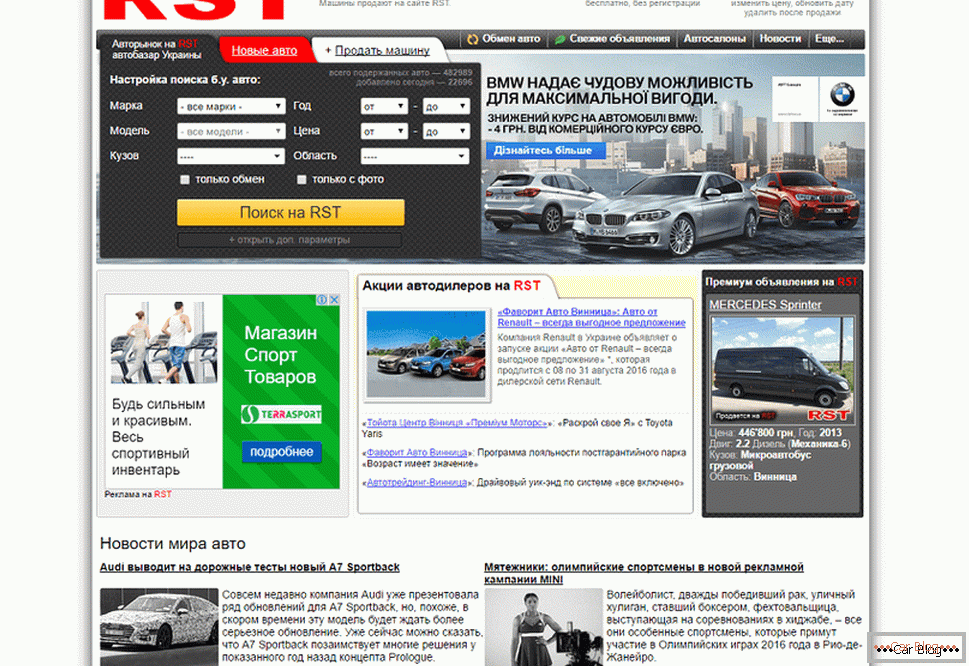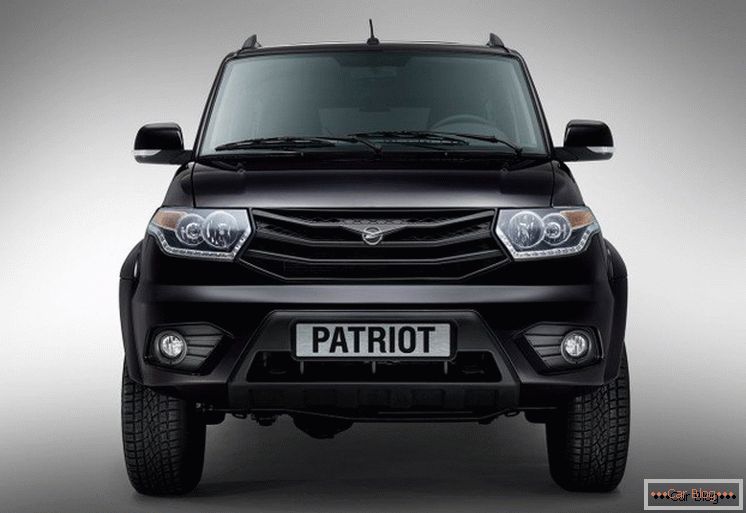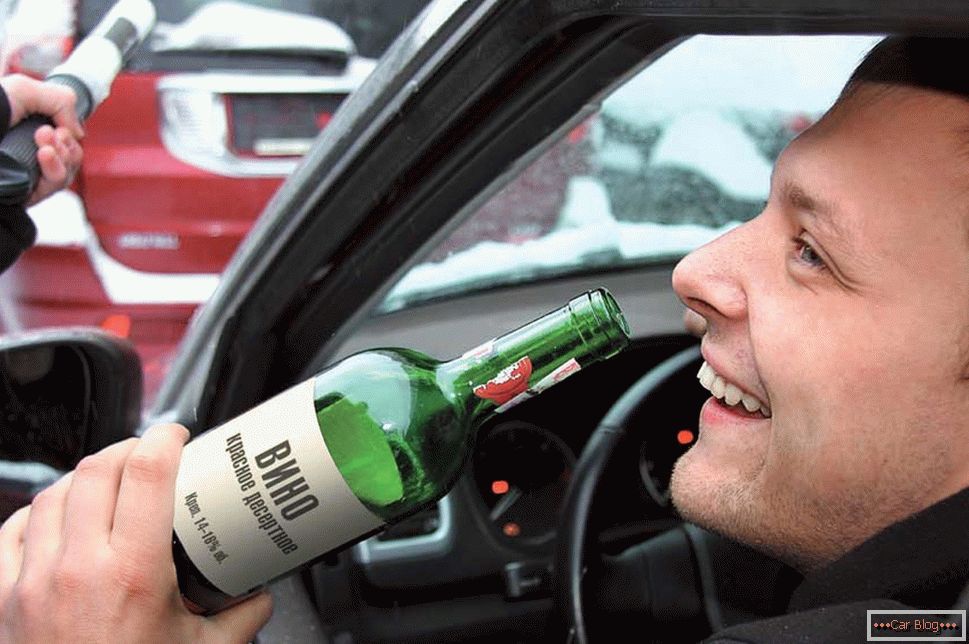>
A car needs to be treated regularly against corrosion during operation. Protective paintwork when driving is destroyed by scratches, blows, caused by small stones. Moisture gets into the damage, which is why corrosion begins. Anti-corrosion agents, or anti-corrosion agents, are designed to prevent the development of these processes, protect against the formation of rust. Today, there is a large range of anti-corrosion materials, so motorists have a question about which antikoroziyka is better for their car, the better to handle the underside of the car, and the body than the hidden surface.
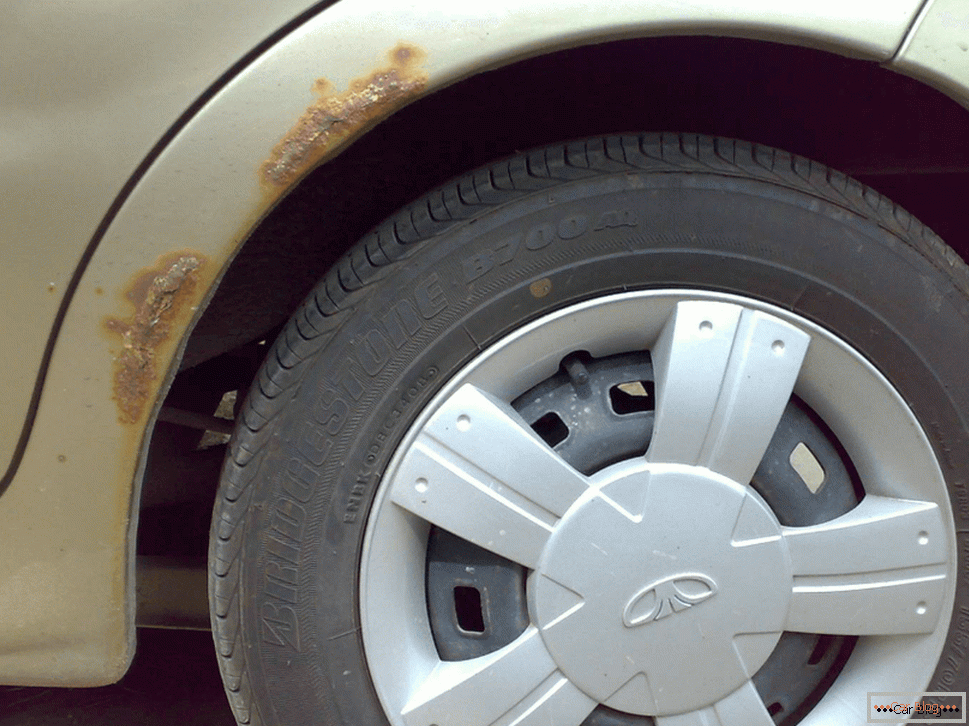
The advantages of using anticorrosive
Some car owners do not use anti-corrosion materials to protect the car. Meanwhile, their use gives many advantages:
- prolonged service life of parts;
- acoustic comfort increases, as knocking from pebbles becomes quieter;
- The cost of anti-corrosion materials is much lower than the repair / replacement parts.
Читать далее о лучших антикоррозийных материалах для машин-->
Types of anti-corrosion agents
Types of funds depending on use.
When deciding which antikoroziyka is better, first of all consider that the means differ in different parameters, one of which is the place of their application. According to the intended use of anticorrosive can be divided into two large groups.
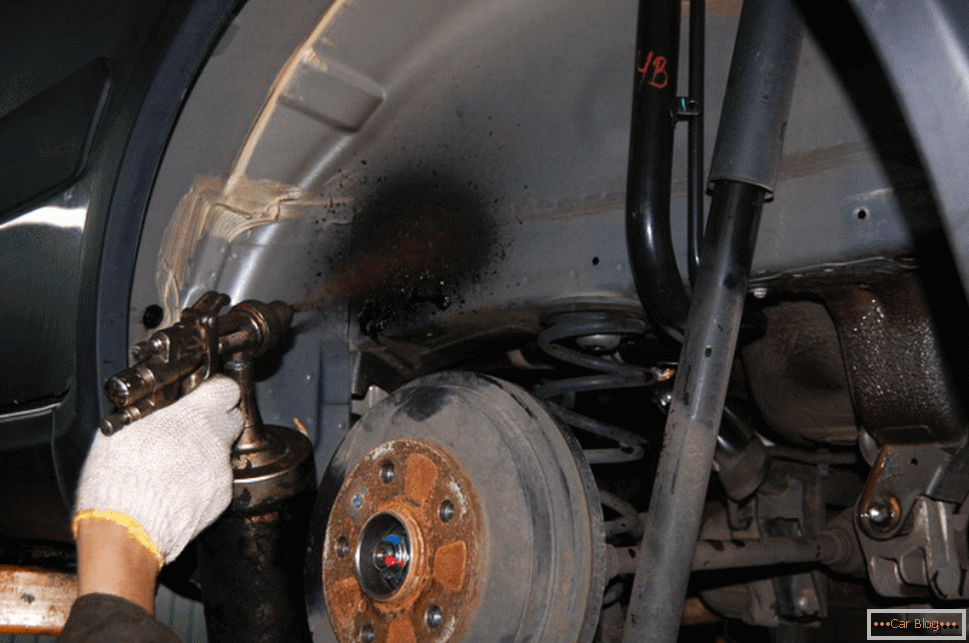
For hidden surfaces.
Antikoroziyka for hidden surfaces should have the following properties:
- high degree of adhesion (adhesion of the surface of the car and tools);
- homogeneous structure;
- elasticity of the film;
- fill microcracks, damaged areas that are not visible to the eye;
- prevent ingress of electrolytes, moisture.
Usually made on the basis of oil or paraffin. Are in a liquid state. These anti-corrosion drugs have a long shelf life.
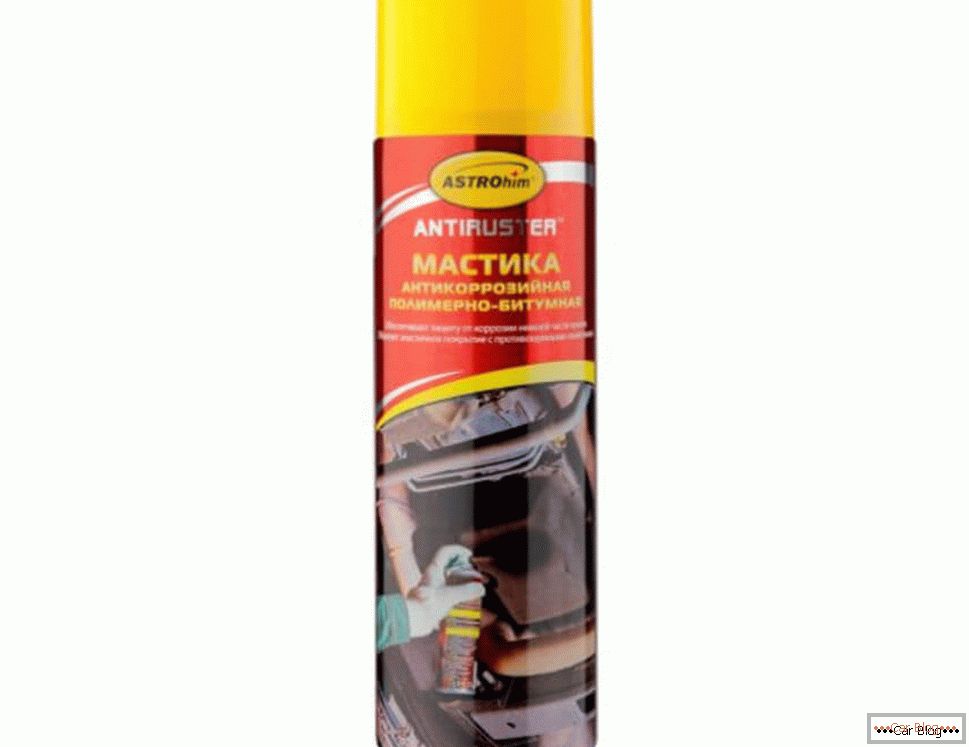
For external surfaces.
These means protect the body, the bottom, wheel arches from corrosion. Basic requirements for them:
- protect against electrolyte exposure;
- have the highest degree of adhesion;
- be elastic;
- withstand mechanical deformations;
- do not peel off;
- do not crack.
The most common of these tools are bitumen mastics, made on the basis of synthetic and bitumen resins; liquid plastic, rubber based coatings.
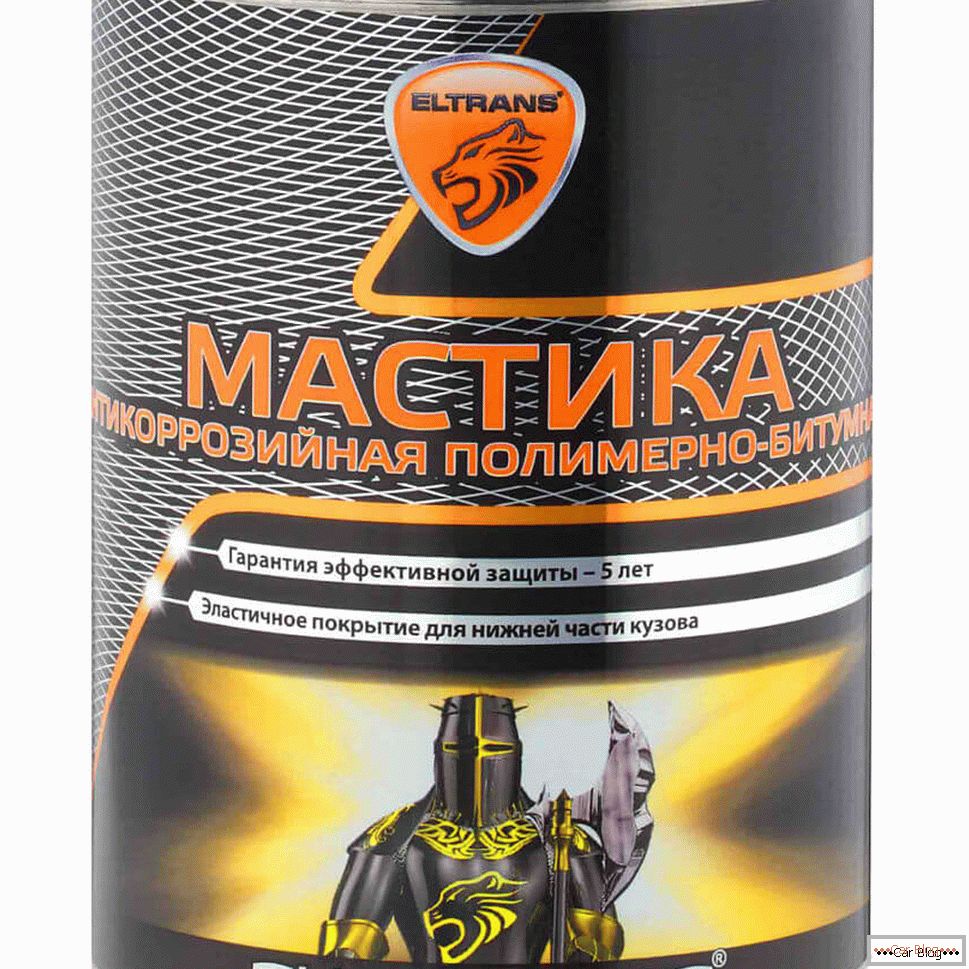
Classification by methods of application, composition
If you think the better to treat the car body from corrosion, then, of course, choose anticorrosive for external surfaces. Anti-cortex for easily accessible auto parts produce the following.
Bituminous mastic
Produced on the basis of resins, protects the surface from mechanical stress, has the property to preserve the metal. Apply it in a layer of 250-400 microns. Inhibitors that slow down the corrosion process, dispersed metal (formerly aluminum, now more often bronze, zinc) can be added to the composition. Excellent body protection  Discounts for new cars! Profitable loan from 9.9% installments 0%
Discounts for new cars! Profitable loan from 9.9% installments 0%  adom.ru from the effects of the environment, mechanical damage. They serve as a good sound insulation, reduce the level of vibrations of the body elements, the frequency of resonance of parts.
adom.ru from the effects of the environment, mechanical damage. They serve as a good sound insulation, reduce the level of vibrations of the body elements, the frequency of resonance of parts.

Anticorrosive based on PVC, rubber
The most durable drug against corrosion, applied in the factory. The polymer is melted, then applied to a metal surface. Very elastic preparation, with high adhesion.
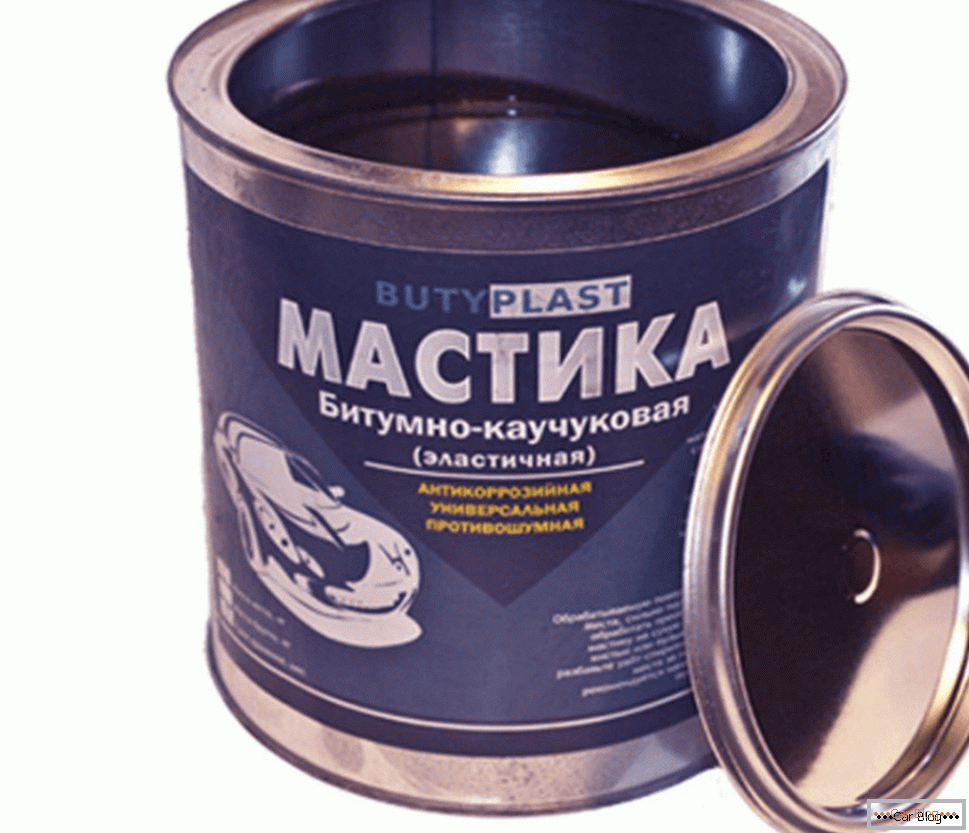
Liquid plastic
Means with low mechanical resistance. Let's apply for thresholds, wheel arches, a forward part of a cowl as additional protection. On the body as the main means of protection is not recommended.
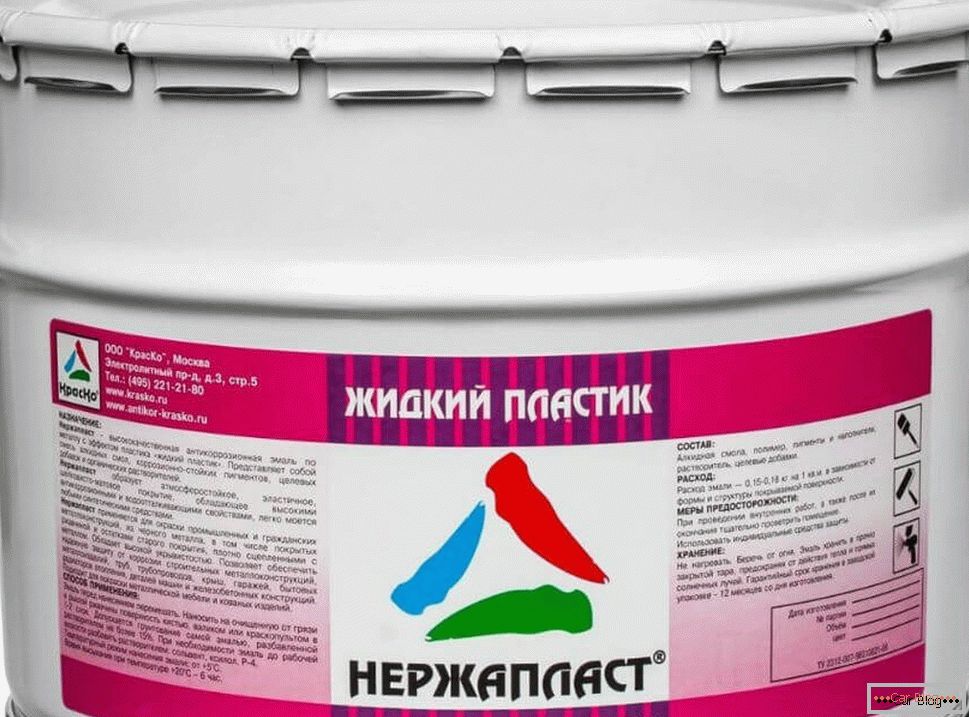
Mastic from slate
It will help solve the problem, the better to handle the bottom of the car. Used on bottoms, when processing the wings, the inner surfaces of the wheel arches.
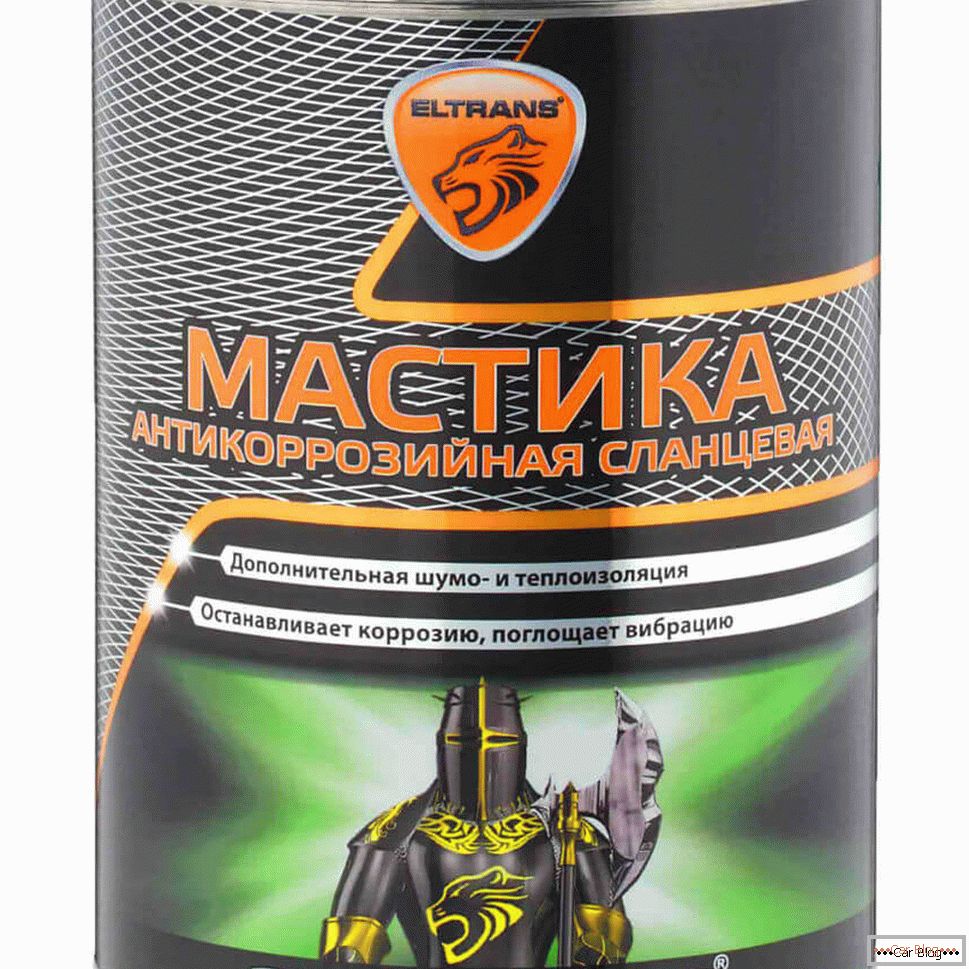
Antigrave
Creates a layer that prevents mechanical stress, rust. Suitable for handling bumpers, sills, spoilers, doors.
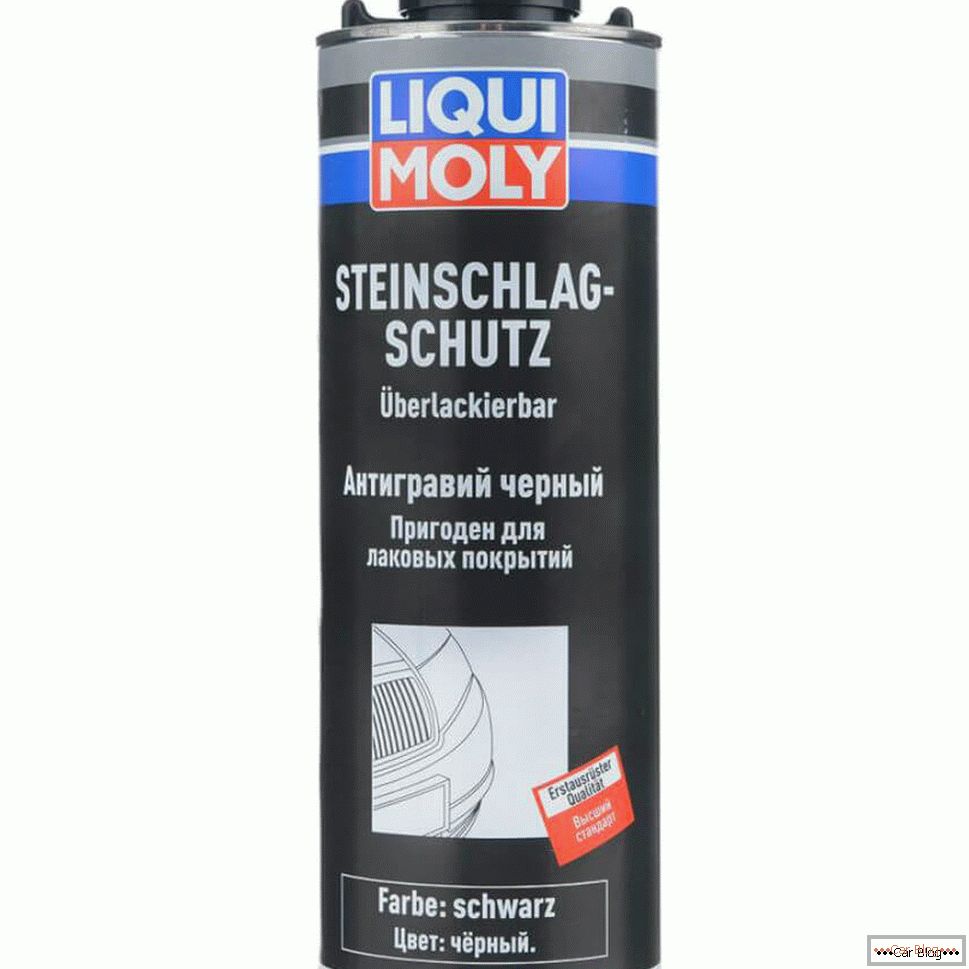
On the hidden parts of the car put the following anticoros:
- Non-drying, oil-based formulations. Antikor remains in a liquid state after application, fills microcracks, scratches.
- Paraffin-based compositions. After drying, an elastic film is formed. The drug retains anti-corrosion properties with strong temperature drops.
The best anti-corrosion products
Antikoroziyka for cars: which is better? This question will make it difficult for a specialist, because it is impossible to choose a universal anti-corrosion agent from the widest range offered by manufacturers. The main thing is that the tool fits the stated requirements and is affordable. Consider several of the drugs so that you can opt for several of them.
1. Dinitrol
Manufactured in Sweden. Highly valued by car owners. Qualitatively protects external surfaces from corrosion: body, bottom, wheel arches. There is no unpleasant smell. Full drying is not required. Note that the tool should be applied to the cleaned surface. The cost of 400-500 rubles.
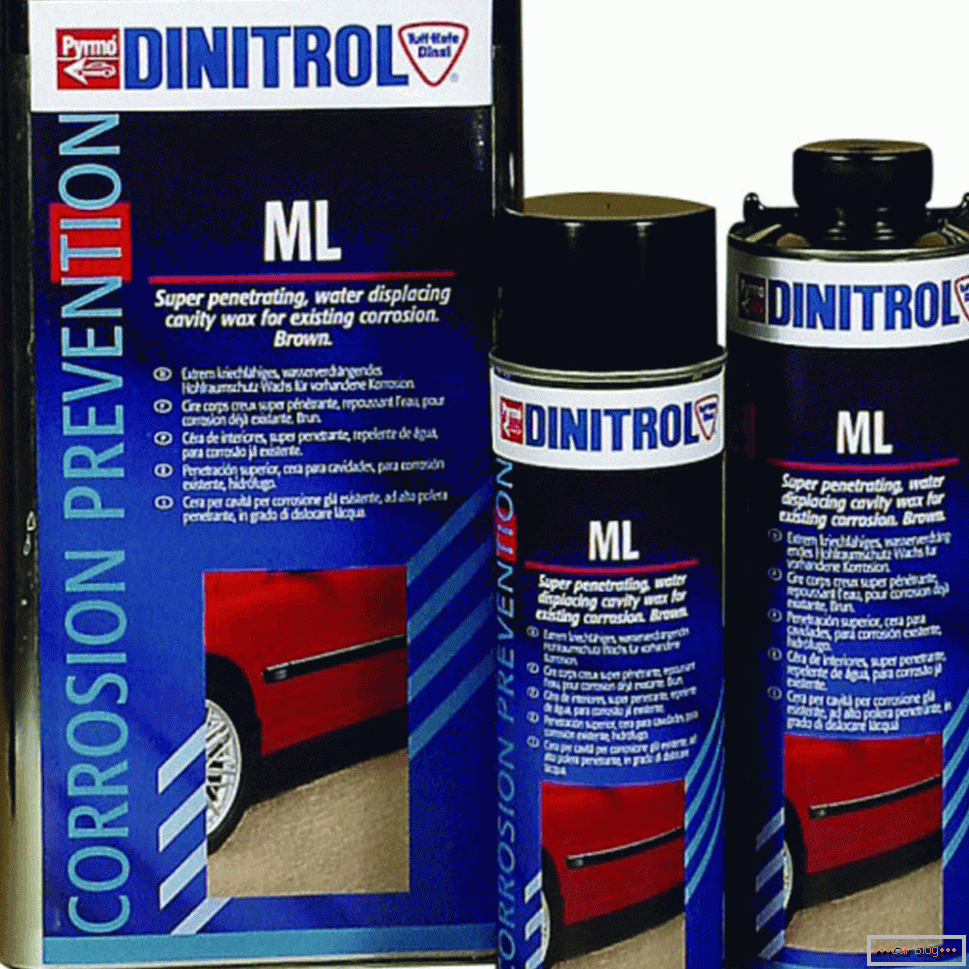
2. Mercasol
Produced in Sweden. Fully preserves protective properties in brine. It protects the body and other surfaces from corrosion.

3. Movil
Russian anticorrosive, popular since Soviet times. You can handle the joints, body joints. Effectively displacing moisture, forms a wax layer that has excellent penetrating properties. There are many varieties; long-drying formulations provide the best protection against corrosion. Applicable for use after processing by other means. It has a pleasant smell.
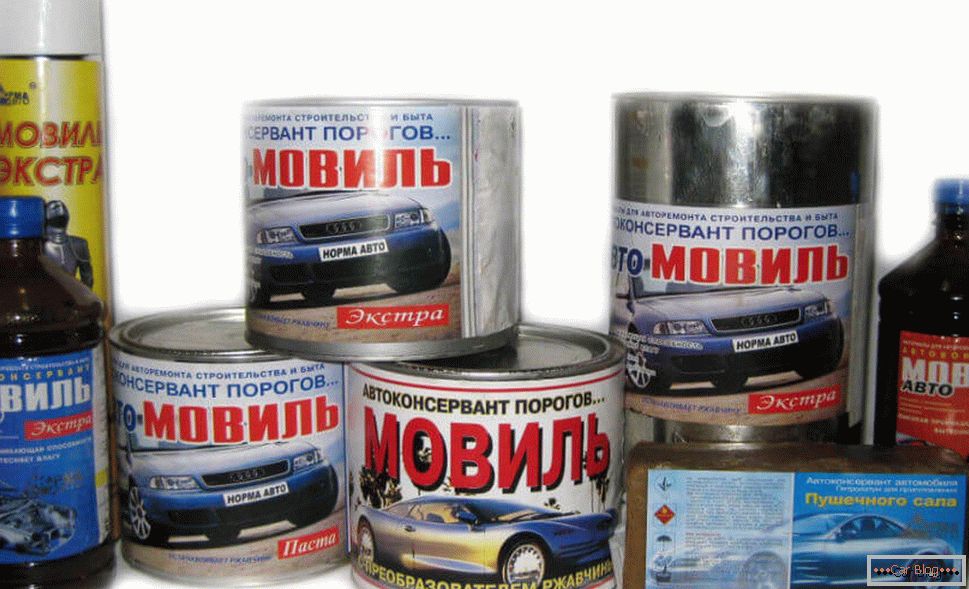
4. Dusty
Produced in Switzerland. Applicable to hidden surfaces. Elastic and frost-resistant tool, differs in a small expense - 1 liter is enough for processing medium-sized passenger cars.
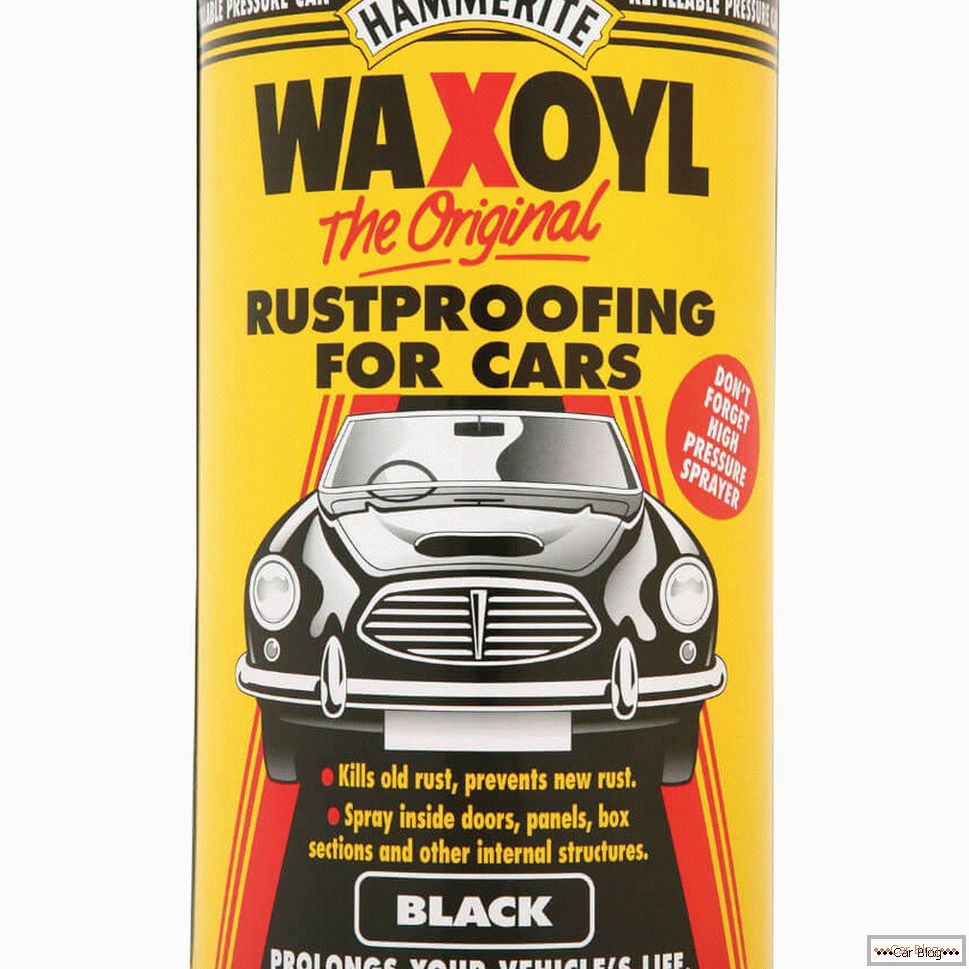
5. Valvoline
Produced in Holland. Elastic and frost-resistant anticorrosive.
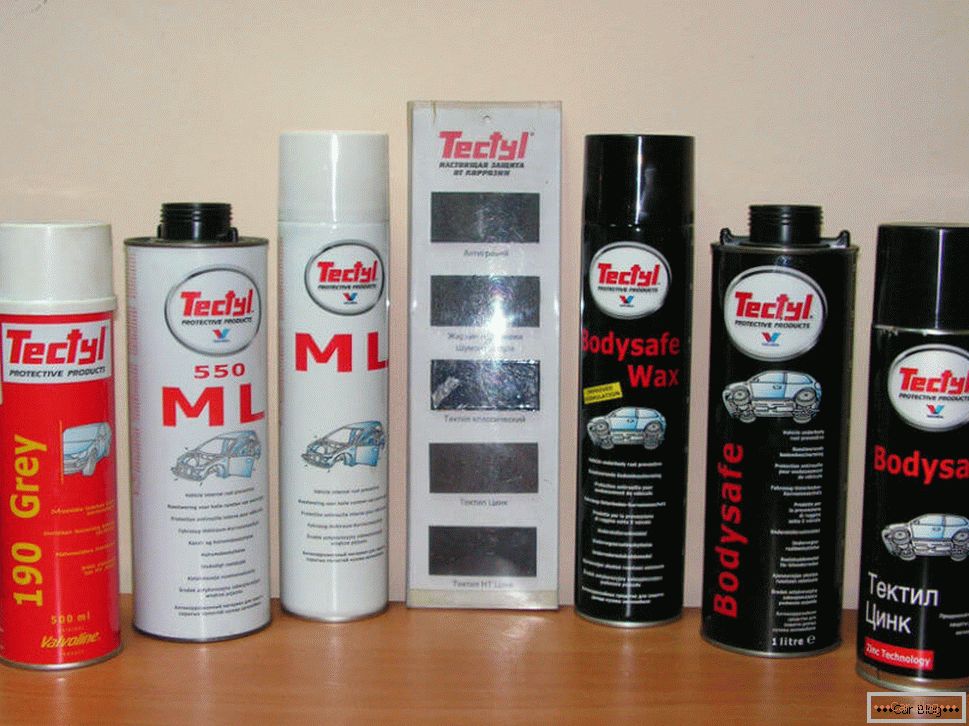
6. The border
Excellent anticorrosive, thick, versatile. Processing is enough for one and a half years. Used for external surfaces (body) and hidden (the inner surface of the wheel arches). Before use, mixed with a solvent, then it becomes fluid. It stiffens quickly, depending on the thickness. The disadvantage is that the smell lasts for a long time, about 2 weeks. The cost of 1 liter is 400 rubles.
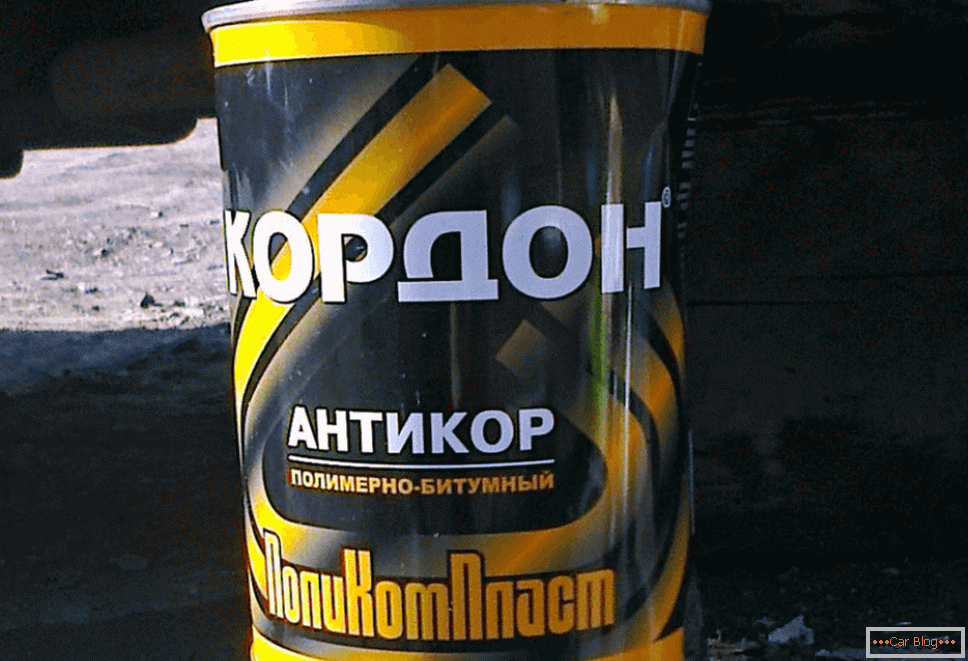
7. Rust Stop
Produced in Canada. Inexpensive anticorrosive, about 300-400 rubles per liter. Reliably protects if the body was well prepared for the application of anticorrosive. It is made for external processing, however it is permissible to use for internal surfaces. The disadvantage is very liquid, does not freeze, flowing out of the gaps for several months.
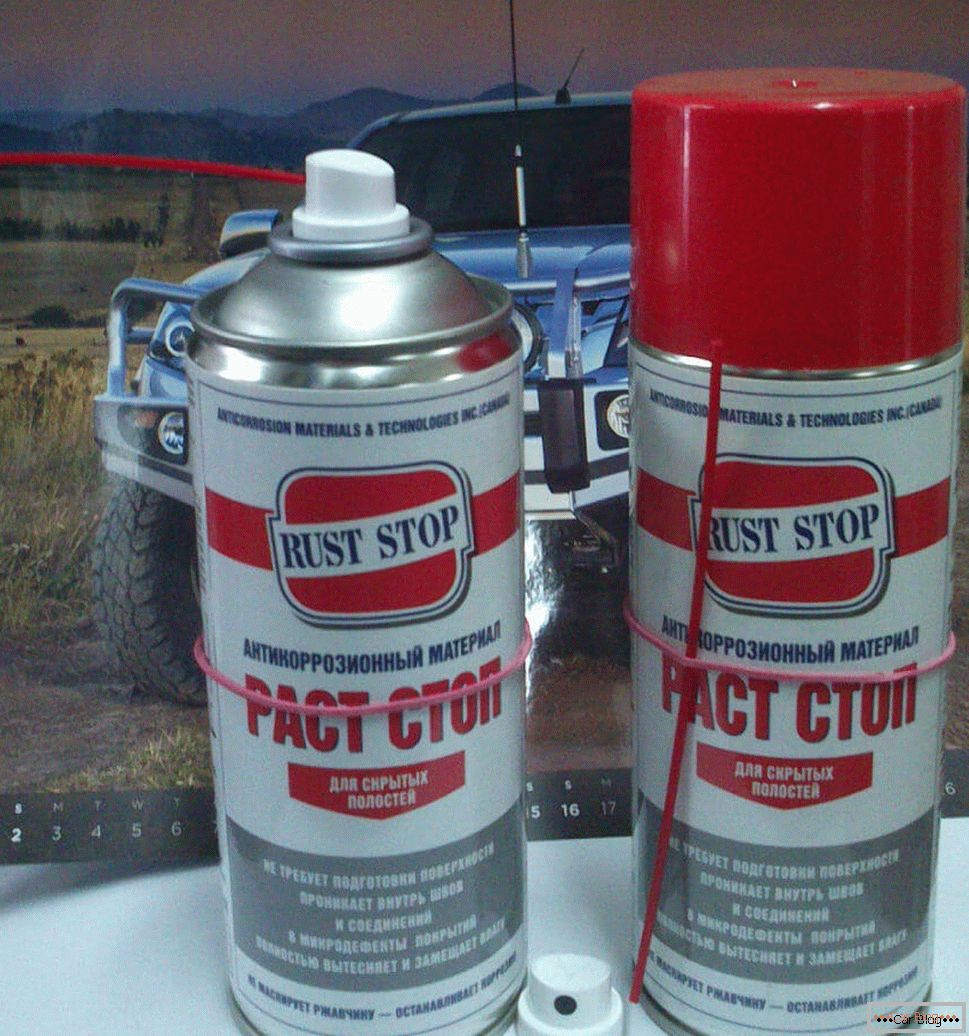
8. Soudal
Produced in Belgium. Good elasticity and frost resistance. Before drying, it is quite fluid. For the treatment of hidden cavities of passenger cars requires about 2 liters. Excellent wear resistance.
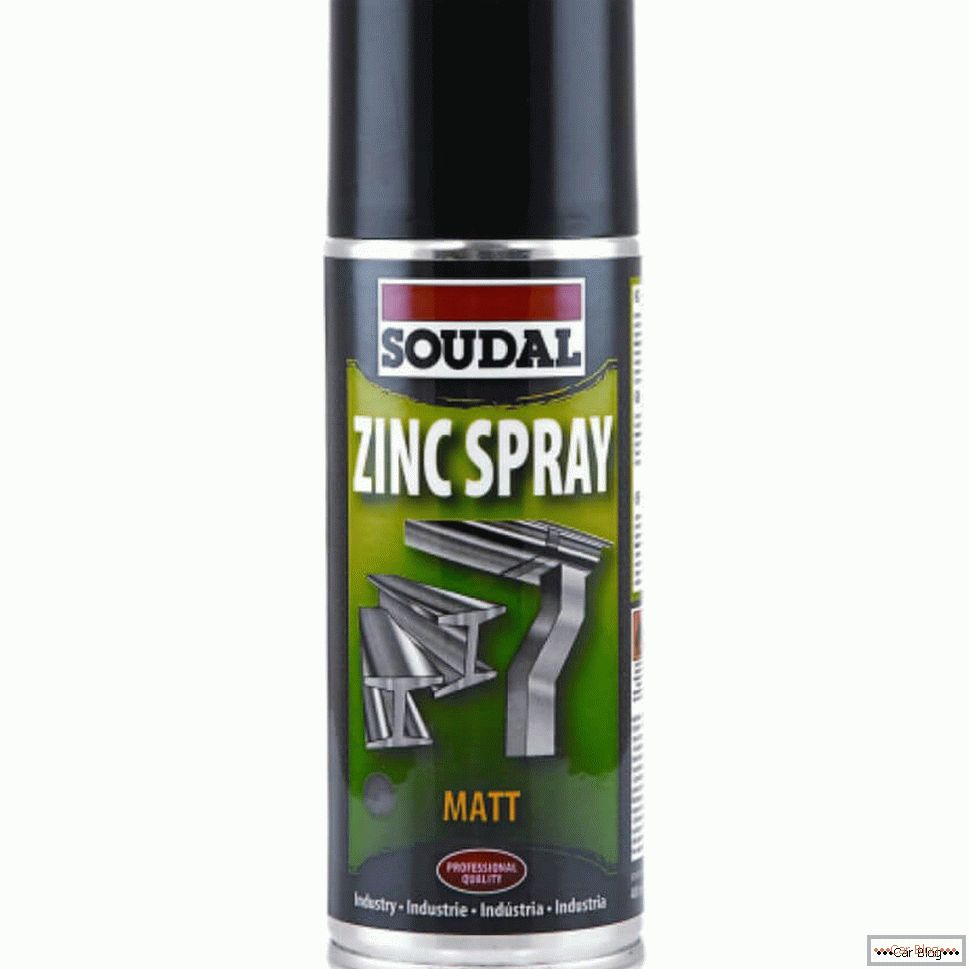
9. FERRO Barrier
Russian agent with good adhesion, fluidity, excellent elasticity. However, it is not resistant to frost, and when heated flows. The cost is low, for the processing of passenger cars need 2 liters.
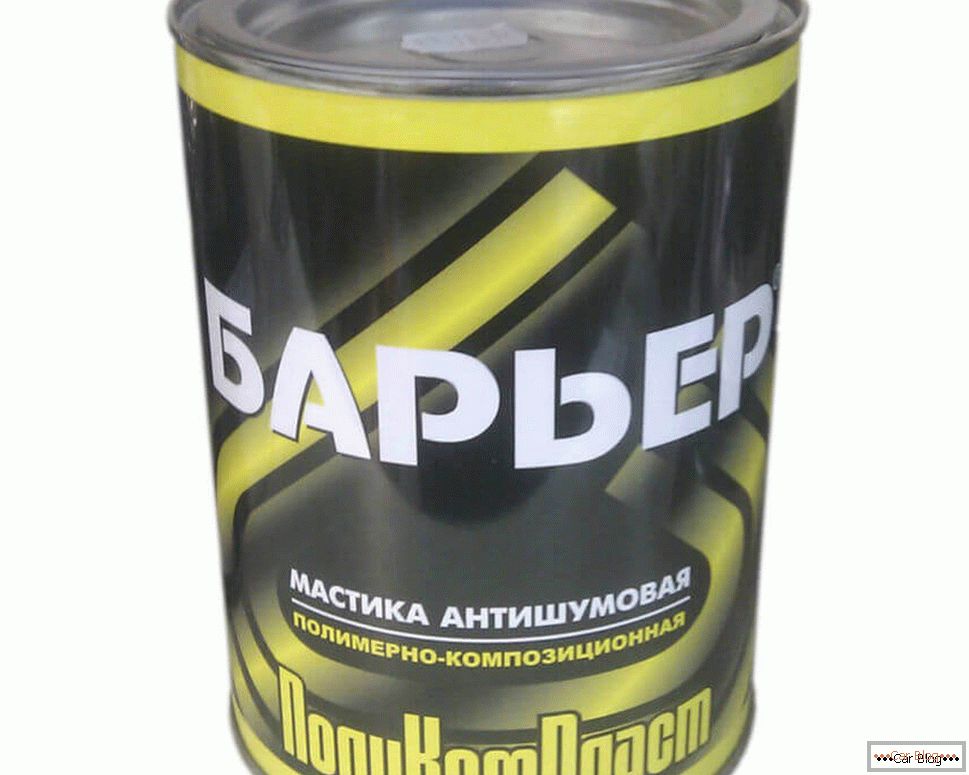
10. Mastic Body 930
Made on rubber base, stinging. After drying, hardens, forming a non-cracking surface. Recommended for places with frequent mechanical damage. The disadvantage is fast erasability.
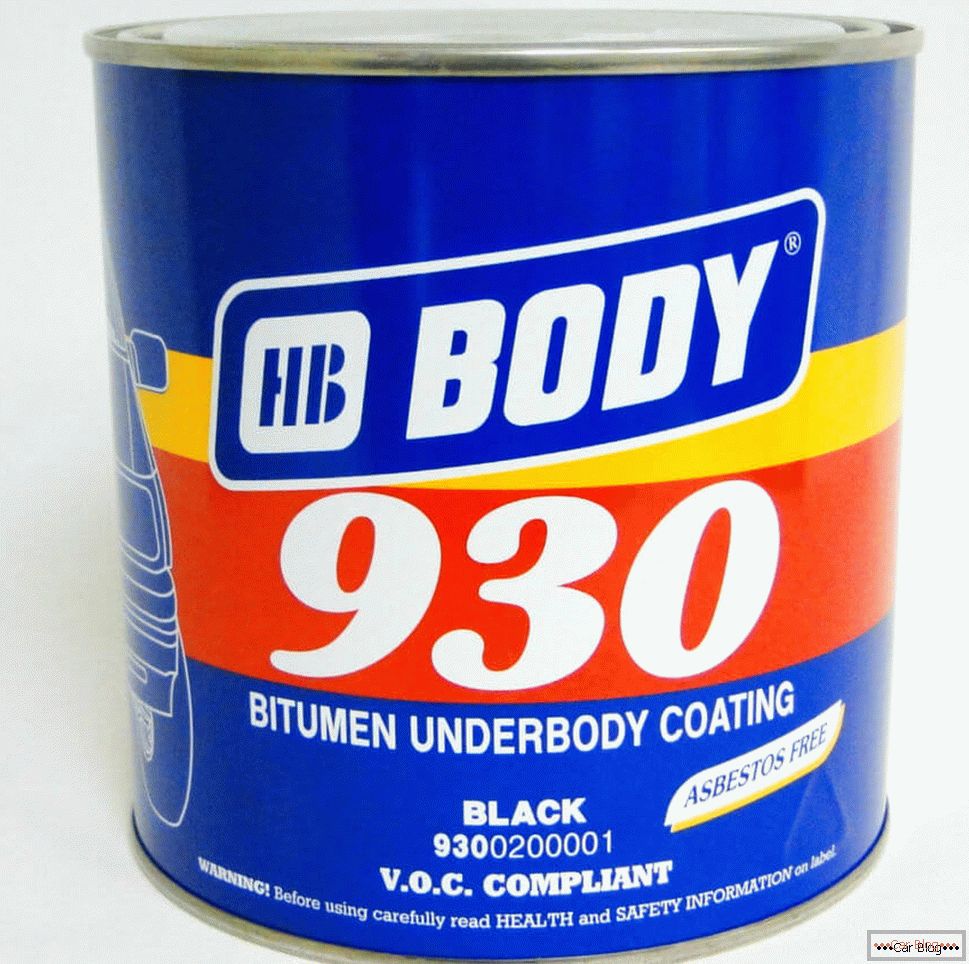
The choice of anti-corrosion agent depends on the place of use: body, bottom or internal parts, hidden. Also largely affects the condition of your car, the method of application. Carefully familiarize yourself with the characteristics of the product, its protective ability, compare it with the cost to decide which antikoroziyka is best for your vehicle. Our review will help you navigate the diversity of the range, but the choice of the best means of corrosion depends largely on personal preference.

